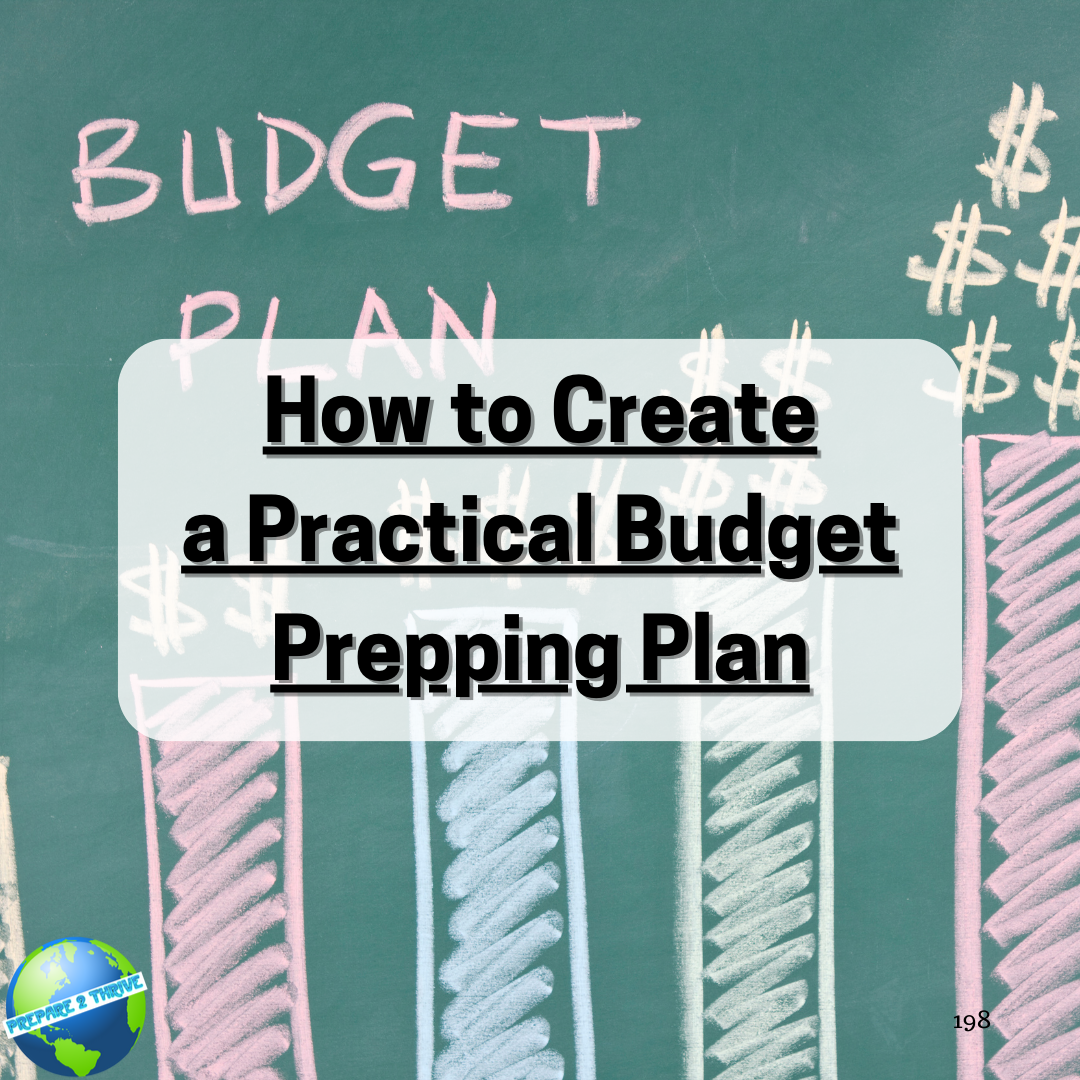A budget prepping plan can bring you peace of mind and financial security by helping you prepare for life’s unexpected events. With a budget prepping plan, you can be prepared for emergencies as well as short and long-term goals. Plus, you can ensure you have all the essential items you need to maintain your everyday life. But if your budget is tight, it can be hard to know where to start. Luckily, there are several strategies to create a practical budget prepping plan, no matter your financial situation. This article provides easy, step-by-step instructions for creating your own prepping plan on a budget. Read on to learn how to make a plan that’s practical, manageable, and effective.
Step 1: Create an Emergency Fund
The first step to creating a practical budget prepping plan is creating an emergency fund. It can be difficult to plan for emergencies without some sort of financial cushion. Your emergency fund should be accessible and ready to use in any situation. This could be a savings account, stash of cash, or even a line of credit you can draw from in an emergency. Set aside a portion of your paycheck each month to contribute to your emergency fund until it has enough to cover critical expenses. The amount you need to save is up to you, but most experts recommend having at least one or two months’ worth of basic living expenses in your emergency fund.
Step 2: Build Your Own Pantry and Stockpile
A practical budget prepping plan should also include pantry essentials and a stockpile of vital items. This may include canned goods, dehydrated foods, and other items that don’t perish quickly so you can still eat if you’re unable to go to the store. You can build your pantry on a budget by taking advantage of sales and using coupons. Additionally, make sure to have a variety of non-perishable items on hand for different types of cuisine preferences. You should also establish a stockpile of items that are used regularly, like toilet paper, home cleaning supplies, and pet food. These items don't expire quickly and you should replenish your stockpile on occasion. If you’re unable to purchase items in bulk, try buying a few extras of your usual items each month.
Step 3: Plan for Short- and Long-Term Goals
Your prepping plan should include both short- and long-term goals. For short-term goals, consider what you may need if you were to lose your job or be temporarily unable to work. This could mean having enough funds for a couple of months of rent and bills or enough cash to buy groceries. For long-term goals, think about retirement or any other financial goals you may have. This could include paying off debt or creating an estate plan. Setting a budget for these goals can be difficult, especially if your income is uncertain. Start with a budget that incorporates a realistic estimate of your income and stick to it.
Step 4: Prepare for Inevitable Events
Unexpected events, such as natural disasters, can happen any time. Your prepping plan should also include steps you can take to prepare for such events. This could include buying extra fuel or items that you know you need in the event of a natural disaster. You should also research different insurance options that can help you cover the cost of damages. Research bundling policies, such as car, homeowners, and life insurance, to get the most coverage for your budget. Additionally, keep important documents you may need in the event of a disaster in a secure place, such as a fireproof safe.
Step 5: Keep a Well-Stocked First Aid Kit
Finally, don’t forget to have a well-stocked first aid kit. A first aid kit is essential for any prepping plan, and you can easily assemble one on a budget. Stock up on bandages, antiseptic wipes, and other items you may need in the event of an injury. Additionally, be sure to include a first aid manual or guide that helps you recognize and respond to any medical issues quickly and appropriately. Keeping a first aid kit can help you deal with unexpected medical problems without having to seek out medical help.
Conclusion
Creating a practical budget prepping plan can help you be prepared for any situation, no matter your financial situation. Follow these five steps to make your own prepping plan. Start with an emergency fund, and then build your pantry and stockpile. Plan for short- and long-term goals and make sure to prepare for inevitable events by researching insurance and keeping important documents. Finally, stock up on a first aid kit. By taking the time to create a practical prepping plan, you can find meaningful ways to make your money go further and ensure you are always prepared. Remember, having a practical prepping plan will give you convenience and peace of mind.
Hashtags: #budgetprepping #preppingplan #practicalprepping #financialplanning #budgetingtips




